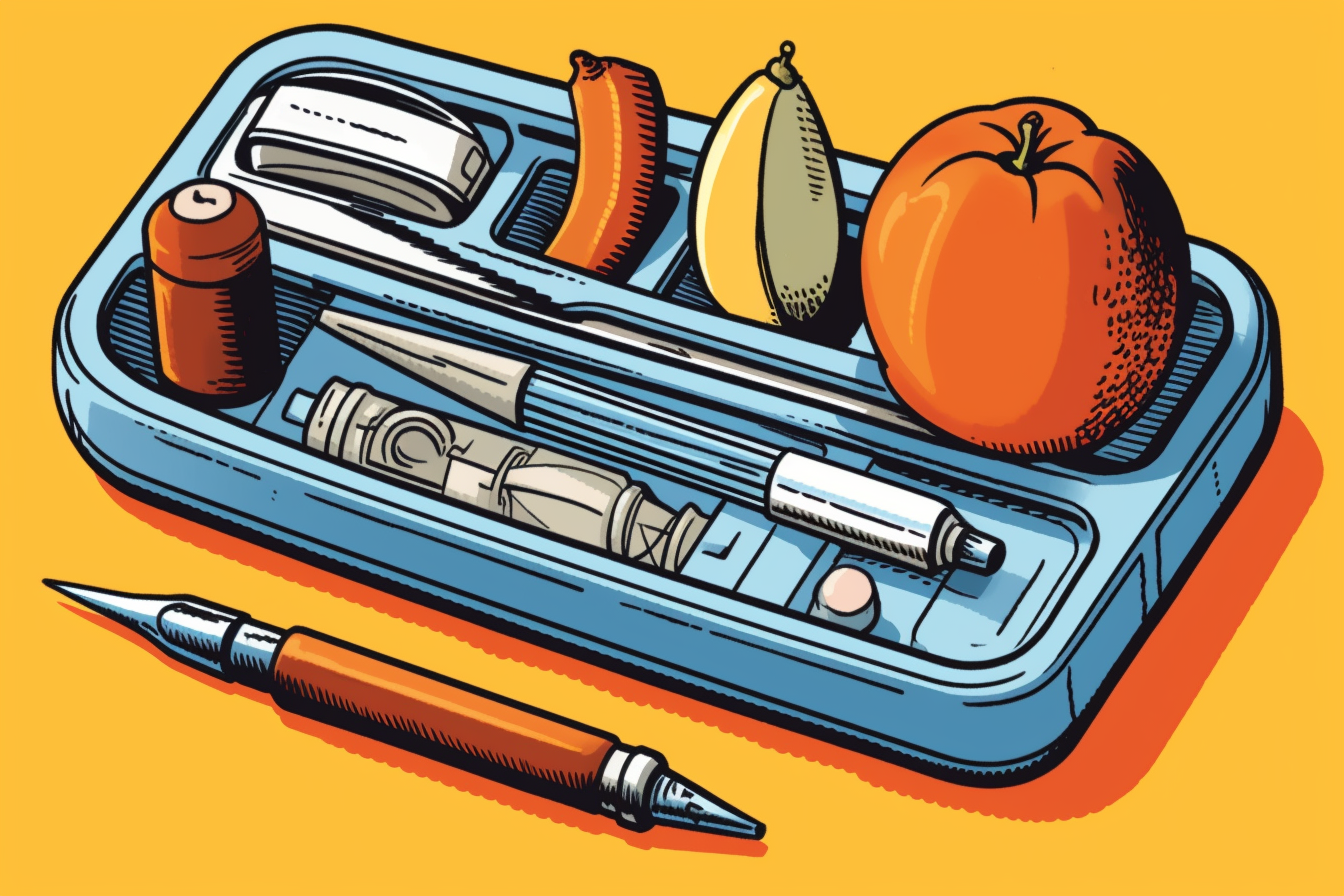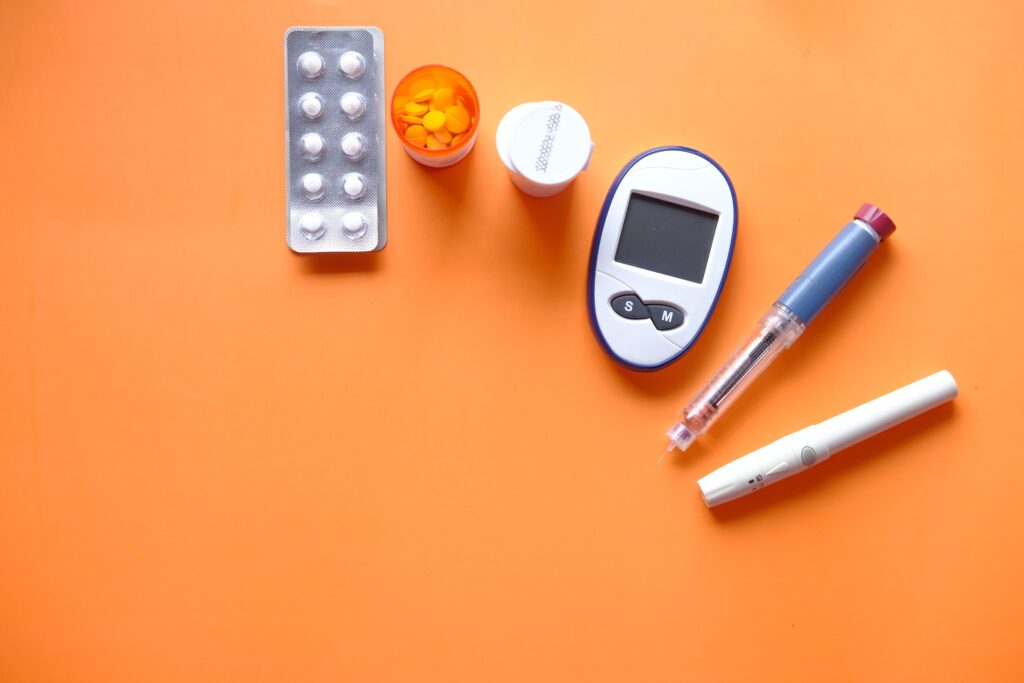
As an Amazon Associate, Modded gets commissions for purchases made through links in this post.
In the U.S., about 37 million people have diabetes — over 10% of the population. Many of these patients have either Type 1 or Type 2 diabetes, and people who are pregnant may develop gestational diabetes. However, scientists are researching a new form — Type 4 diabetes.
What is this disease? Can you prevent it? Here’s a guide explaining everything you need to know about Type 4 diabetes, its symptoms and prevention.
What Is Type 4 Diabetes?
Type 4 diabetes is the term given to diabetes in older adults who aren’t overweight or obese but still face insulin resistance. The groundbreaking research dates back to 2015 when a study discovered the disease. In the study, the researchers said excess regulatory T cells likely caused the disease in mice. More research is necessary, but scientists believe the disease connects with aging.
Research is significant because some health experts think we’re underdiagnosing the disease. A 2020 study finds around 20% of diabetes diagnoses for adults over 65 could be Type 4 diabetes instead of Type 2. It’s not related to autoimmunity or weight, so consider it a subtype of diabetes. Research is still in its early stages, so we’ll know more in the coming years.

How Is This Different From Other Types?
Type 4 diabetes is unique because it has nothing to do with autoimmunity or weight like the other forms, though it’s still concerned with insulin resistance. Let’s quickly run down different types of diabetes and compare them to type 4.
- Type 1: Type 1 diabetes means your pancreas produces little to no insulin. With this disease, your body’s immune system attacks the pancreas’ beta cells responsible for making insulin. Genes and viruses are the most likely causes of the disease. Experts say between 5% and 10% of those with diabetes have Type 1.
- Type 2: The most common form of diabetes is Type 2. This disease means your pancreas can’t produce insulin as it used to — and your body becomes resistant to it. Thus, your body can’t regulate blood sugar, damaging internal organs. Over 90% of patients with diabetes have Type 2 diabetes.
- Gestational: Gestational diabetes occurs during pregnancy. With this disease, your body can’t regulate blood sugar levels. For many women, it stops after pregnancy — however, it could lead to Type 2 diabetes for these patients later.
- Type 3: Type 3 diabetes is not yet an official medical condition. However, scientists refer to this disease as patients with Type 2 diabetes who develop Alzheimer’s disease later in life. More research is necessary to determine the link between these two illnesses.
- MODY: Maturity-onset diabetes of the young (MODY) is a disease doctors find in children or young adults. This type of diabetes closely resembles Type 2, which is mostly in adults 45 and older. Most young people with diabetes have Type 1, so MODY is uncommon in younger people. MODY comprises about 5% of all diabetes cases in the U.S.
- Neonatal: Neonatal diabetes occurs in newborn babies up to six months old. Research shows the disease affects one in 90,000 live births. Babies with neonatal diabetes don’t produce enough insulin to control their blood sugar.
- Type 4: This disease is prevalent in older people who are lean. It puzzles scientists because the patients are not overweight or obese, typical diabetes risk factors. Health experts haven’t officially labeled it yet because they need to research the disease more. The most likely causes of Type 4 diabetes are age and regulatory T cells (Tregs).
What Are Type 4 Diabetes Symptoms?
Type 4 diabetes is closest to Type 2 diabetes because of the insulin resistance factor. Researchers say patients exhibit these symptoms — though it’s crucial to know these signs could link to other conditions. Doctors look for:
- Frequent urination: The average person urinates about six or seven times daily — but this number depends on fluid intake and other conditions. People with diabetes urinate seven to 10 times or more daily.
- Increased appetite: Another symptom is increased appetite. Lacking insulin decreases your energy and causes your hunger to increase. It’s critical to eat food favorable for diabetic diets, such as hummus and vegetables, to ensure a healthy lifestyle.
- Increased thirst: Diabetics often have excessive thirst. Your kidneys must work hard to manage the excess sugar in your bloodstream. When you urinate, you’re eliminating fluids and glucose from your body, thus making you thirsty. People with diabetes need to remain hydrated, especially during physical activity. Men should drink at least 3.7 liters of water daily. Women can drink 2.7 liters for sufficient hydration.
- Fatigue: Exercise is vital for all humans— though you should be careful. Type 4 diabetes symptoms include increased fatigue. Your body often can’t convert enough glucose into energy, causing you to be tired more easily.
- Weight loss: Those dealing with the disease may experience unintentional weight loss. You might be at an acceptable weight but drop a few pounds due to the disease. When your body has excess sugar and lacks the necessary fuel, you start burning muscle and fat instead. This process leads to unintentional weight loss.
- Declining vision: One consequence of higher blood sugar is declining vision. High glucose levels damage your retina’s blood vessels, causing them to swell and leak. People with diabetes often incur blurry vision and develop other conditions like glaucoma and cataracts.
- Bruising easily: Your blood vessels are more susceptible to damage due to diabetes. Uncontrolled glucose levels mean you bruise easier. Plus, your bruises last longer. Your blood can’t move as fast, meaning your body takes longer to heal. Sometimes, bruises don’t heal at all.

How Can You Treat Type 4 Diabetes?
Type 4 diabetes isn’t an official disease yet, so there aren’t any definite treatments. Patients should look to other diabetes types to treat the illness. Some measures you can take include:
- Therapeutic intervention: Scientists are researching treatments by using therapeutic intervention. One example is a process that blocks Tregs from building inside your tissues. Experts hope the treatment reverses Type 4 diabetes in your body — though you should know this treatment does not treat Type 2 diabetes.
- Managing blood sugar: Like the other types, treating Type 4 diabetes is best by controlling blood sugar. You can achieve this by regularly checking your glucose levels with a monitor. Eat healthy meals, and don’t skip breakfast, lunch or dinner. Water is your best bet for hydration throughout the day.
- Type 2 medicines: Some patients require medication to treat their diabetes. There are no remedies specifically for Type 4 diabetes — so doctors are using Type 2 drugs to treat the disease. Standard Type 2 medications on the market include alpha-glucosidase inhibitors, biguanides, meglitinides and sulfonylureas.
How Can You Prevent Type 4 Diabetes?
Scientists believe one of the primary causes of Type 4 diabetes is aging. However, you ultimately can’t reverse the aging process. There aren’t yet known methods for directly combating the underlying disease. More research is necessary to determine preventive measures.
Watching Out for Your Health
Diabetes is a disease affecting millions of Americans daily. If you exhibit Type 4 diabetes symptoms, speak to a medical professional. Contact an endocrinologist because they specialize in diabetes research.
The disease has multiple types, so it’s important to know what Type 4 diabetes is and how it differs from the others. Type 4 diabetes is a subtype prevalent in older adults who aren’t overweight or obese. Research indicates this disease — which medical organizations have only begun to study — is underdiagnosed and possibly comes from Tregs. We’ll know more about the illness as scientists continue research.
Stay up to date with the latest by subscribing to Modded Minute.
Author
Jack Shaw is a senior writer at Modded. Jack is an avid enthusiast for keeping up with personal health and enjoying nature. He has over five years of experience writing in the men's lifestyle niche, and has written extensively on topics of fitness, exploring the outdoors and men's interests. His writings have been featured in SportsEd TV, Love Inc., and Offroad Xtreme among many more publications.






